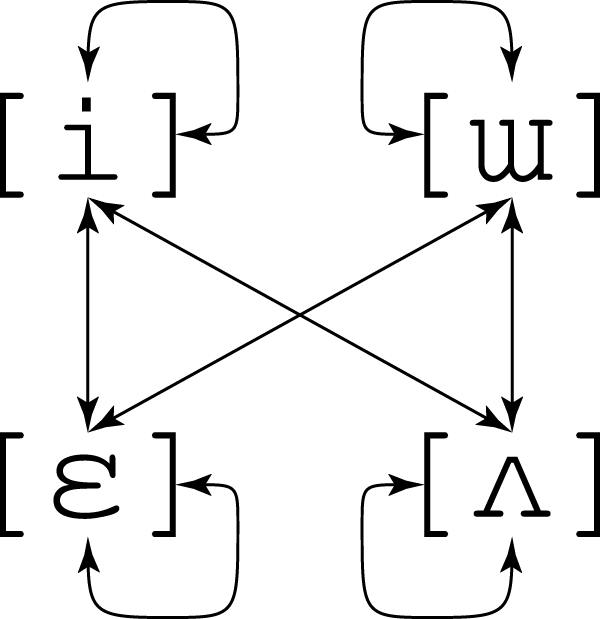Overview of A'oonirobi
▲
0▲ 0 ▼ 0
Oveview of A'oonirobi, a language spoken by frog people.
This private article was written by [Deactivated User], and last updated on 20 May 2023, 21:26.
[comments] ubdlotmcandidateoverviewaqoonirobia'oonirobi
2. listing it all out
?
?
3. Numbers & Numerals
?
?
?FYI...
This article is a work in progress! Check back later in case any changes have occurred.
This article is a work in progress! Check back later in case any changes have occurred.
 A’oonirobi is a language spoken by humanoid frog people called the A'oonirob, but who are better known in the realm of Hepteidola as the Bonodu' from their cat person neighbors. The language was technically first conceived on the ninth of May in 2018 and was initially called "Udabunde" (hence it's language code). At that time it was simply a randomly generated phonology and word list meant for minimal use in a home-brew Dungeons & Dragon's campaign. It was overhauled four years later in 2022 into a more fully fledged constructed language with actual grammar and an orthography.
A’oonirobi is a language spoken by humanoid frog people called the A'oonirob, but who are better known in the realm of Hepteidola as the Bonodu' from their cat person neighbors. The language was technically first conceived on the ninth of May in 2018 and was initially called "Udabunde" (hence it's language code). At that time it was simply a randomly generated phonology and word list meant for minimal use in a home-brew Dungeons & Dragon's campaign. It was overhauled four years later in 2022 into a more fully fledged constructed language with actual grammar and an orthography. Because of the A’oonirob’s unique vocal fold structure, nearly all speech sounds are produced voiced. Though it is possible for an A’oonirob to produce voiceless phones, much effort must go into their production which has naturally led to no voiceless phonemes in standard A’oonirobi. Whispering is rarely employed and instead an A'oonirob will resort to sign language or extreme circumlocution if they must be quiet or need to talk behind another's back, respectively. A'oonirob's being a frog people also naturally gravitate towards harmonious sequences of vowel sounds, resulting in an 'alternating' harmony.
All words in A'oonirobi have at least one vowel (V), however vowels that differ only in height may not appear in consecutive syllables. Valid syllables can also include an onset of either any consonant (C) or a consonant cluster of any bilabial (B) followed by any non-bilabial trill (Ŕ) and there may also be coda of any consonant except /j/. This creates a syllable structure of (C⊻exclusive 'or'BŔ)V(C*). The only invalid sequence across syllables is a glottal stop followed by another glottal stop.
Consonants
A'oonirobi's consonant inventory is nothing too special outside of having only voiced consonants. /v/ is treated as a bilabial sound and can appear in consonant clusters as [β]. /n/ becomes velarized before a nasal vowel and /ŋ/ becomes palatal before a nasal vowel.
Vowels
Vowels are where A'oonirobi gets interesting. There are four cardinal vowels in A'oonirobi dispersed in a quadrilateral: /i/, /ɯ/, /ɛ/, and /ʌ/. Each vowel has a phonemic length and nasal distinction upping the total number of vowels to 16.
All vowels are unrounded as the A'oonirob have very wide and flat mouths and tend not to open them too far in normal speech.
Alternating and Nasal Harmony

In A'oonirobi, differing vowels must never follow another of the same height. For example, the close front vowel /i/ can follow any vowel except for the close back vowel /ɯ/. This means that all inflections have at least two distinct forms to ensure there can be no disharmony. Length is not preserved in harmony, however nasality is. Nasal harmony is forward propogating and is triggered whenever there is a nasal in a root word. Nasal harmony is blocked by the glottal stop, as in the word aqõõňĩṙbũqug ɛʔʌ̃:ŋĩʀbɯ̃ʔɯg, and can also be blocked by particular sets of suffixes.
✎ Edit Article ✖ Delete Article
Comments






